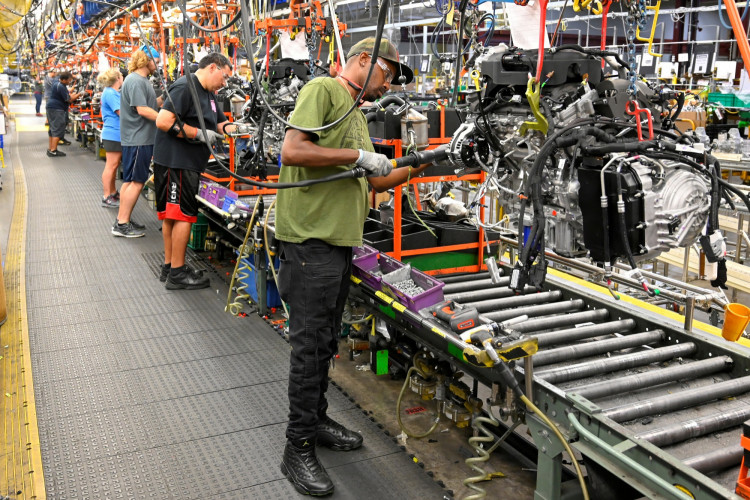The booming US manufacturing industry is experiencing a critical shortage of megasites, large parcels of land suitable for billion-dollar factories, as companies race to build new facilities. This factory-building boom is fueled by government incentives, the shift to new energy and transportation technologies, and national security concerns about relying on foreign suppliers, particularly in China.
Despite the abundance of land in the US, the scarcity of readily available megasites could become a significant hurdle for the Biden administration's ambitious manufacturing plans. The Inflation Reduction Act and the CHIPS Act have already spurred numerous project announcements since their passage last year.
Megasites are large plots of land, typically over 1,000 acres, with access to transportation, affordable and preferably renewable energy, and a skilled labor pool. Economic development agencies and states have traditionally assembled land and installed utilities to attract major industrial projects, promising fast-track construction.
However, the rapid increase in demand for megasites has led to dwindling availability. Gregg Wassmansdorf, a senior managing director of global strategy consulting with Newmark Group Inc., estimates that fewer than two dozen true megasites remain in the US, all at varying stages of development.
Christopher Chung, chief executive of the Economic Development Partnership of North Carolina, said, "Every company, of course, wants shovel-ready megasites, but those are more or less pretty picked over with a couple of exceptions here or there."
Another challenge is the need for large amounts of electrical power, especially for energy-intensive factories like battery plants. The US is investing heavily in green power sources, but these projects also face delays. Additionally, the cost and difficulty of building new long-distance transmission lines have increased significantly in recent years, according to Rob Gramlich, president of Grid Strategies LLC.
States are rushing to create more megasites, with Michigan recently establishing four, and South Carolina, Virginia, and North Carolina proposing to spend hundreds of millions of dollars on preparing industrial sites. This year, Illinois will allocate $40 million in grants to ready existing sites for companies looking to move quickly.
Despite these efforts, creating new megasites remains a challenging endeavor due to environmental regulations, local community opposition, and the specific conditions required for such large-scale projects. The current scarcity of megasites not only limits options for companies but also hinders their ability to negotiate better pricing. As the US manufacturing boom continues, addressing the megasite shortage will be crucial to sustaining this growth.






